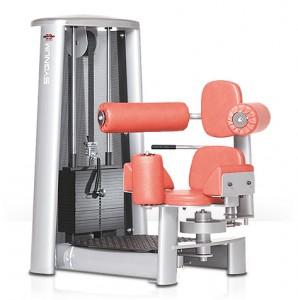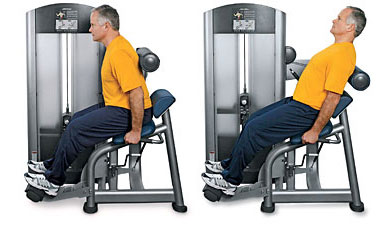The internet has reshaped our world.
It has the ability to transfer information and knowledge across the globe in real time.
You have a problem, Google your signs or symptoms, and more than likely you’ll find thousands and thousands of pages of solutions with Dr. Google coming to the rescue!
So what’s wrong with that?
As a physiotherapist in Vaughan, these are the questions I ask myself: How good is the information? What’s the source? Can it be trusted? Will it help? Or will it harm? What are the risks? The benefits?
This becomes even more important when dealing with various injuries or illness where the potential for making things worse may be higher, where the risk of aggravating already irritated tissues may compound or where delaying appropriate treatment may lengthen the course of recovery.
It’s no different with relieving low back pain. Plug in those search terms and instantly you’ll have at your disposal more information than you could possibly even use.
Often, a good portion of the information that shows up discusses strengthening your abs to fix your back problems. This may sound quite similar to the advice many people are given by their medical or fitness professionals:
“Strengthen your core to protect your back”.
Unfortunately, over the years, abdominal training has become popularized as the foundation of core training. In reality, abdominal training accounts for only a small part of the bigger core training picture.
To make matters worse, poorly designed or applied abdominal training can make you worse and keep you in pain.
So in keeping with the spirit of this post, here’s my list of the three worst abdominal exercises for people with low back pain:
- The traditional crunch or sit-up: These staples of most back rehab programs should be eliminated due of the incredible compressive loading forces created through the spinal discs. Dr. Stuart McGill, one of the foremost spine researchers in the world, has measured compressive forces of approximately 3300N (730 lbs) in the spine with these types of exercises. The scary part: this is equal to the amount of force listed by certain government health agencies as the amount of force needed to cause injury!
- Abdominal twist machines: So if crunches or sit-ups can cause as much damage to your spine, imagine what happens when you take a similar exercise, restrict movement at certain joints, isolate movement at others, twist and then add a load? By taking a flexion movement and adding a loaded rotation component on these machines, you’re well on your way to sending yourself off to the disabled list. In fact, we’ve dubbed these types of exercises “disc herniators” and inform our clients that they should only continue to do these if they wish to help us finance our latest facility expansion.

- Back Extension Machines: As described by Dr. McGill, the repeated spine flexion/extension movements (forward/backward bending) used by these devices create the same conditions that were necessary in his lab to produce disc herniations in his spine models. Enough said. Why would you want to do the same to your back at the gym when you’re trying to help it heal?

So there you have it…The 3 worst core exercises for people with low back pain. If you love your back, you should probably stop doing them.
In our next post, we’ll discuss 3 spine sparing core exercises that are appropriate for people with low back pain.
Yours in movement.
Dev Chengkalath
(inside Peak Performance Golf)